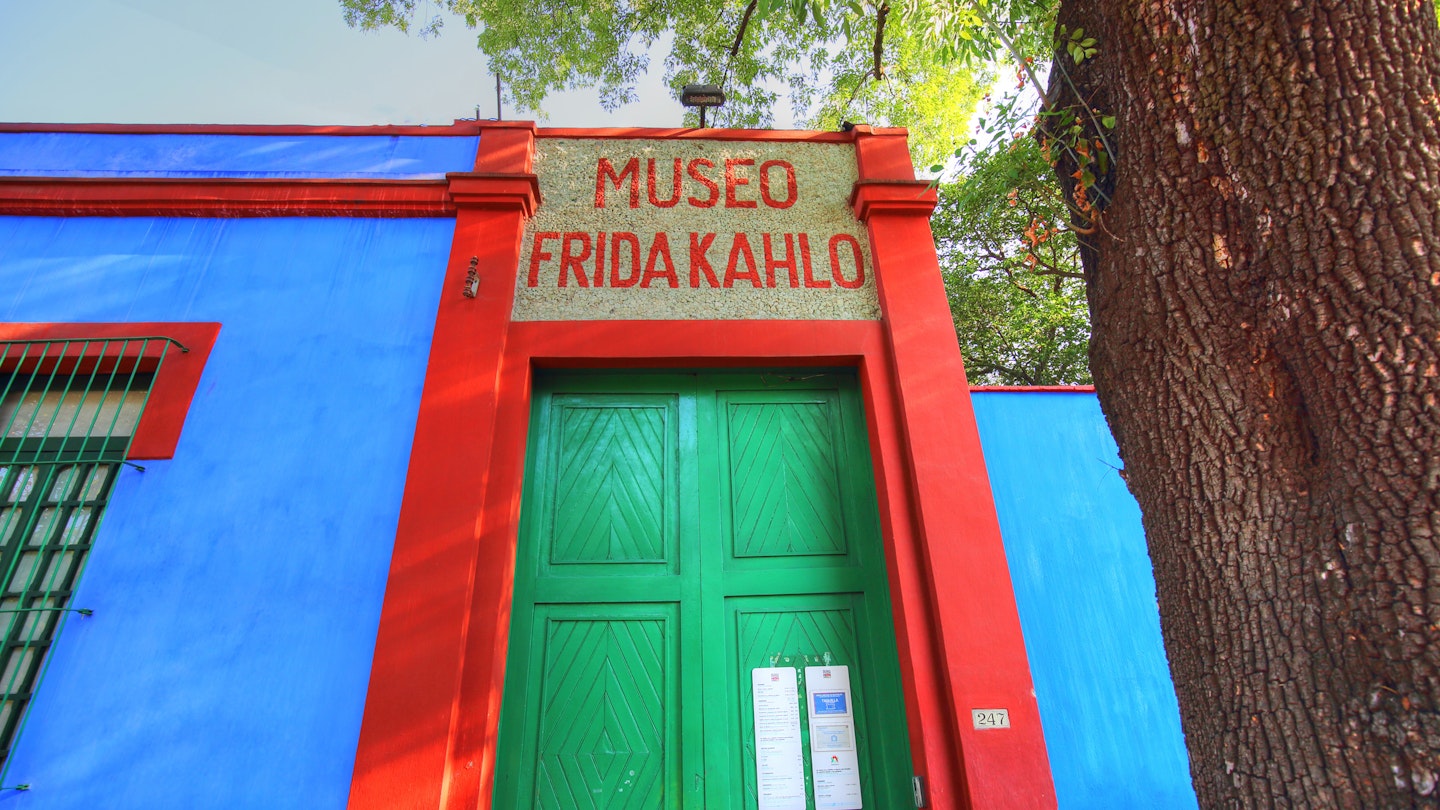Explore Historical Wonders Through the Eyes of Powerful Women
Around the world, women have made significant contributions that have shaped history. Although their achievements might often go unnoticed, in many locations, renowned women have left unmistakable imprints on their individual cities and the world. From ancient Egypt to 20th-century Alabama, these destinations provide travelers the chance to view the world through the perspectives of seven mighty women.
Hatshepsut in Luxor, Egypt

Long before Cleopatra commanded armies and enchanted the rulers of the Roman Empire, Hatshepsut rose to power around 1508–1458 BC. Initially appointed as a regent after the death of her husband, Thutmose II, Hatshepsut became the first woman to fully assume the powers of a pharaoh. During her remarkable 20-year reign, she commissioned monumental temples, which are still significant in Egypt’s history today.
Begin your exploration at Luxor Temple, whose towering columns and sphinxes were originally created by Hatshepsut before being expanded upon by Amenhotep III. Continue your journey by heading 7 km northwest on the Nile’s west bank to Hatshepsut’s Memorial Temple. Carved into 300m-high cliffs, this spectacular multi-story temple and amphitheater houses shrines to Anubis, the god of the dead, and to the primordial cow-headed goddess Hathor.
Empress Cixi in Beijing, China

When visiting Beijing, you will uncover the rich history of Empress Dowager Cixi (1835–1908). Cixi, one of the most powerful women in China’s history, climbed through the hierarchy of the emperor’s concubines and played a pivotal role in a political coup. She ruled with both fear and admiration until her passing.
Cixi held court in the Forbidden City, where she lived and gave birth to the Tongzhi Emperor. Additionally, she instructed renovations that transformed the original layout into a design fitting of an empress. After exploring this iconic site, consider visiting Beijing’s Summer Palace, specially constructed for Cixi, showcasing her personal living quarters and reflecting her enduring political influence.
Marie Curie in Warsaw, Poland

Marie Curie (1867–1934), a double Nobel laureate, expressed immense pride in her Polish identity. Renowned for her groundbreaking work in radioactivity, she named one of the elements she discovered—polonium—after her homeland. In Warsaw, the Marie Skłodowska-Curie Museum preserves her legacy.
Visitors can explore original documents and personal items displayed in a reconstructed 18th-century building, showcasing Curie’s massive contributions to modern science. Despite the tragedies she endured, her legacy continues to inspire scientists worldwide.
Anne Frank in Amsterdam, the Netherlands

Anne Frank’s voice poignantly captured the anguish of World War II and has come to symbolize the plight of millions. Her diary, published posthumously, recounts her family’s two years in hiding in Amsterdam, providing sharp insights into her experiences.
The family concealed themselves in an annex at Frank’s father’s office, which now serves as a museum. This poignant site conveys the tragic reality of their hidden life while paying homage to Frank’s legacy that continues to inspire peace efforts around the world.
Simone de Beauvoir in Paris, France

Simone de Beauvoir (1908–1986) challenged outdated notions of womanhood with her impactful pen in the 20th century. Her book, The Second Sex, famously argues that “one is not born, but rather becomes a woman,” a notion that continues to resonate.
Paris, with its vibrant cafes, was where Beauvoir expanded her revolutionary ideas. You can visit Les Deux Magots, where she often wrote, and Café de Flore, where she engaged in lively discussions with philosophers like Jean-Paul Sartre. Her influence extended beyond Paris, leaving an indelible mark on feminism.
Frida Kahlo in Mexico City, Mexico

Frida Kahlo (1907–1954) is celebrated for her self-portraits that explore themes of identity and pain. Residing in the Casa Azul in Mexico City, her home now serves as the Museo Frida Kahlo, showcasing her personal belongings and artwork.
The nearby Xochimilco Canals, which Kahlo adored, offer visitors a colorful excursion through the vibrant waterways, often accompanied by mariachi music—an experience that reflects her zest for life despite the challenges she faced.
Rosa Parks in Montgomery, Alabama

Rosa Parks’ courageous act of defiance in 1955 by refusing to relinquish her seat on a racially segregated bus ignited the Civil Rights Movement in the US. Her arrest marked a pivotal moment that spurred the Montgomery bus boycott, rallying the African American community to challenge injustice.
Visitors to Montgomery can learn more about Parks’ legacy at the Rosa Parks Museum, which features archives and exhibitions detailing her life and the enduring impact of her actions on the global fight for equal rights.





